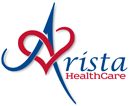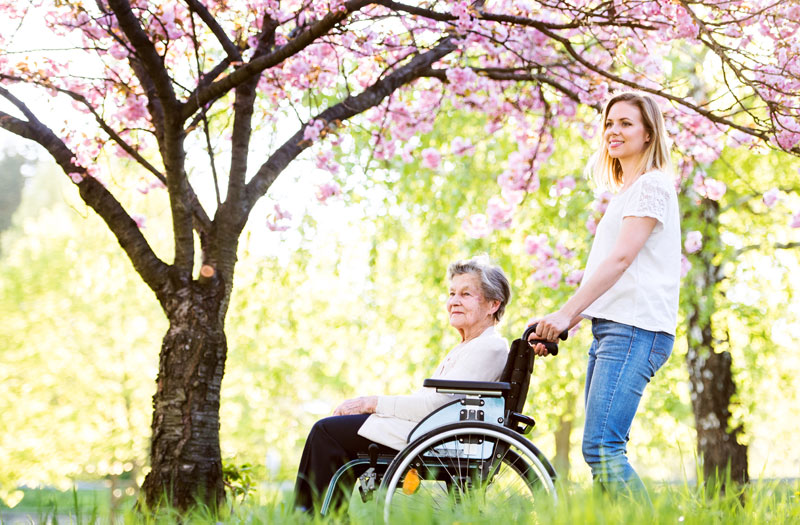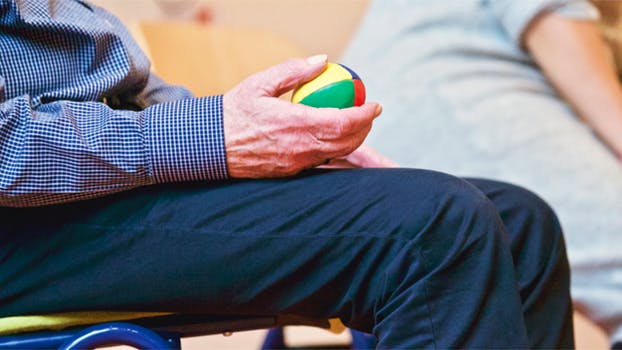As a hospice nurse, you know that you have a challenging and rewarding job. Helping people with quality care in the final stages of life is among the most important jobs of all. Not only can you support the person in need of care, but you can also provide comfort and happiness to friends and family members.
 Chuck Zimmerman sent us this beautiful gift of appreciation!
Chuck Zimmerman sent us this beautiful gift of appreciation!
Chuck Zimmerman is a local fiduciary in Tucson, AZ and Arista Home Health and Hospice has had the privilege of taking care of some of his clients over the past few years.
From the staff at Arista Healthcare,
Thank you, Chuck Zimmerman for the Edible Arrangement!
A question we hear regularly is “what are the Medicare qualifications, and do I qualify”.
Home health care includes a wide range of health and social services brought into your home to treat illness or injury. The complete services covered by Medicare’s home health benefit include skilled nursing care, therapy, and care provided by a home health aide. Depending on the circumstances, home health care will be covered by either Part A or Part B.
In hospice care, patients and their loves ones are often aware the end is near, but it does not make it any less difficult for family members to accept. Many friends and family, even nurses and caregivers, are afraid of saying the wrong thing. They do not want to make a bad impression or seem insensitive. However, the most important thing to remember is to be yourself. The end may be near, so now is the time to show how much you care.
Mindfulness, the act of focusing on being in the present, is sometimes thought of as a type of meditation. Recent studies show that practicing Mindfulness can be an effective strategy for home health care providers, including hospice patients, caregivers, and volunteers. By shifting the focus of hospice care away from states of emotional, mental, or physical distress – it can help reduce pain and anxiety. A growing number of hospice organizations are beginning to integrate these exercises into patient care and caregiver support.
The holidays are about spending time with and appreciating those closest to you, but anyone caring for patients knows that the holidays can also come with their share of grief for patients and caregivers alike. Here are some strategies to help make it through the holidays yourself – while also lifting the spirits of patients and their families.
There are similarities and differences between hospice and palliative care services. Both are meant to provide comfort and relief, but they differ in important ways. This infographic helps to explain the differences.
Occupational therapists are a crucial and effective component of the home health agency team working alongside physical therapists, speech therapists, nurses, home health aids, and social workers to provide strategies to help a patient manage daily activities while reducing their risk of injury or further decline in function. Preserving the ability to perform activities of daily living (ADLs) is fundamental for older adults to live an independent life.
No matter how much technology evolves, life expectancy increases…occasionally we need repair and rehab. Physical therapies for seniors, though not new, has had to evolve as much as anything else in the elder care spectrum. No longer is a home health aide or nurse sufficient to handle all task. With so many diverse modalities to choose from, physical therapy has become paramount to quality of life.
If it hasn’t been said before, the home health care industry is expand day by day. With more and more baby boomers reaching older ages with higher mortality rates, the need for home health care providers has matched that. With that growth, and the inert need to be home based versus moving to a facility had created challenges when it comes to technology in home health care. How much is too much, when is an alternate facility become paramount versus living independent? None of these questions can be answered today, but there a re a few advances worth looking at.








